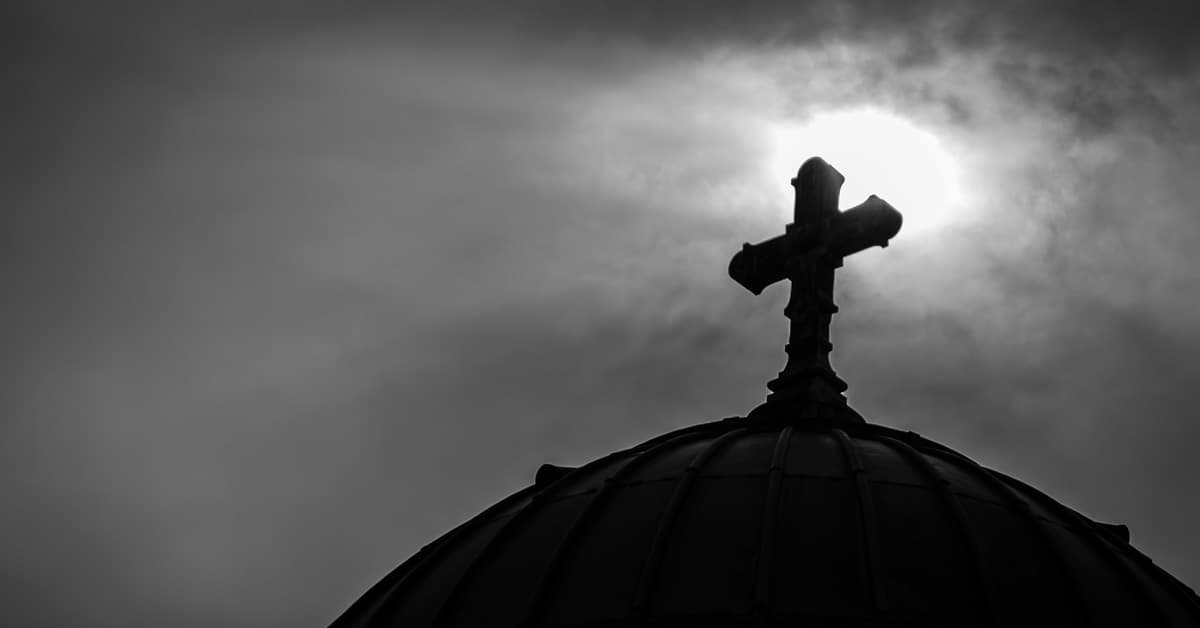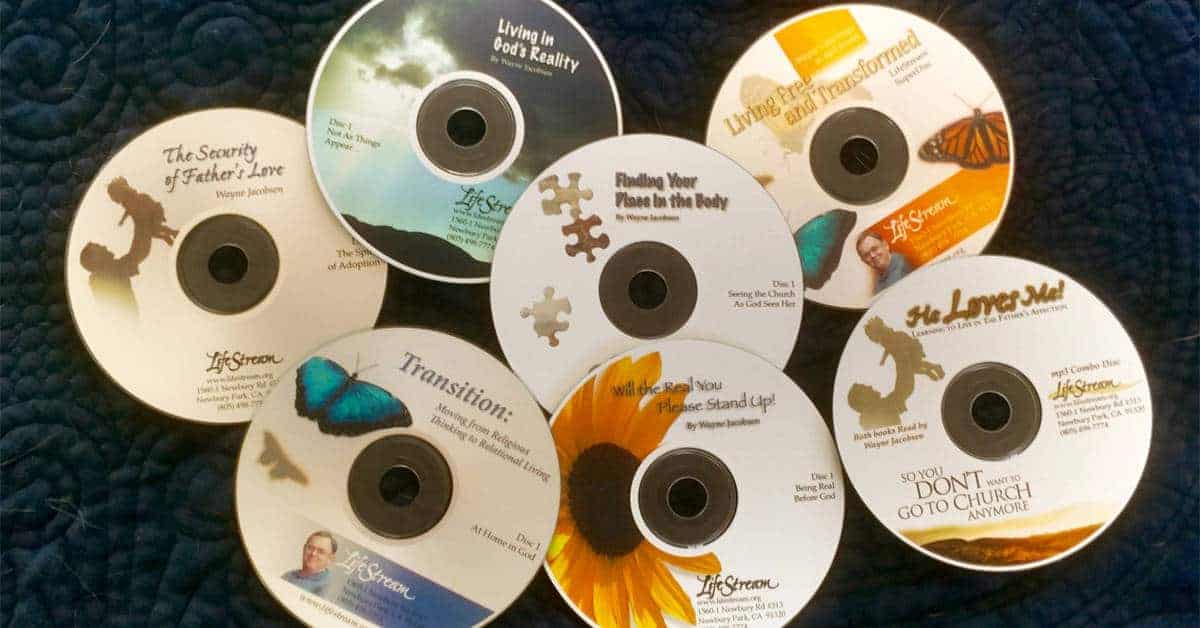During my first trip to Israel, I was a little put off by how some of the people on the tour were trying to convert your Jewish guide, Abraham. They kept making snide asides to him as to why he didn’t accept Jesus as the Messiah.
On the last day I found myself alone with him by the bus as we were awaiting others to bring their bags from the hotel. I fell into a conversation with Abraham and was able to ask if he’d been personally offended by some of the comments.
He passed it off with wave. “Not at all,” he answered. “I’ve been doing this for twenty years. Everyone tries to convert me to their religion—Catholics, Pentecostals, Baptists, Reformed Jews, Conservative Jews, Mormans, and Muslims—everyone.” Then he looked up at me with a smile, “Do you want to know why none of them convince me?”
“I would!” I replied.
“Come with me,” he said as he led me around the front of the bus and to the edge of the road. “Do you see that building down there with the Star of David on it?”
“Yes.”
“That’s ours.”
“Do you see that steeple with the cross on it across the way with the cross on it?”
I nodded.
“That’s yours.”
And then he pointed me toward the dome of a mosque on a hillside not far away.
I nodded.
“That’s theirs.”
I smiled trying to imagine what he’d say next.
“Take off the Star of David, the cross, and the dome and underneath aren’t they really all the same thing? You would think if one of us were serving the Living God, it would look very different.”
He was right. Christianity doesn’t look any different from the outside as any other religion. It doesn’t surprise me that all man-made religions would have the same components at its core. The shame of the fall draws us into religious activity that seeks to appease an angry deity and to try and please him with better living. That’s why they are laced with fear, defined sacred space, calls to sacrifice, and are led by a local, holy-man guru-type, who officiates at rituals that are meant to at times to comfort the faithful, and at other times to threaten them for not doing enough.
If one of us were serving the Living God, it would look very different. I think it would. Nothing better has expressed my lifetime quest to discover what real life in Jesus would look like today, both for the individual and for the redemptive community that unveils God’s reality in the world. How did we go from “believing what we hear”, to observing a religion more preoccupied with doctrine, ritual, and ethics? Could it be that what we mostly see in Christianity today is a religion that well-intentioned people have created out of the teachings of Jesus, and that many of us have yet to see the church that Jesus is building in the earth?
In the last few years I have come to the end of that quest. I’ve been able to taste of the life of the church that is “not made with hands” all over the world as I have seen Jesus quietly knitting together a family so rich and real that it doesn’t need the religious conventions. Surprisingly it wasn’t where I thought it would be, and far closer than I’d ever dreamed.
For those on a similar quest I would love to help you see it too.
Excerpt from Finding Church: What If There Really Is Something More?
By Wayne Jacobsen, an uncompleted manuscript
(Special Note: Abraham will also be our guide on the trip Sara and I and some of our friends will be taking to the Holy Land this February. There’s still room if you want to join us.)








I look foward to this book ”Finding Church” – sounds very interesting!
I look foward to this book ”Finding Church” – sounds very interesting!